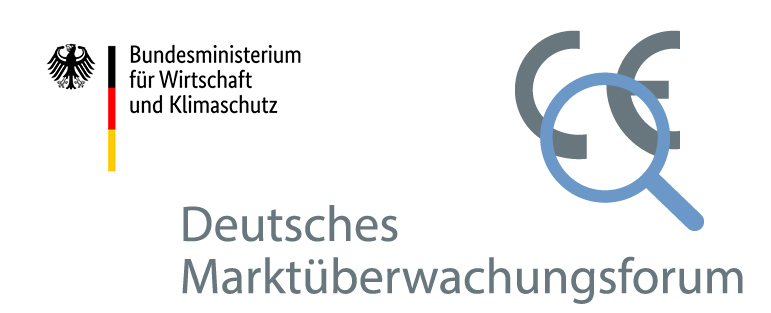Bundesnetzagentur publishes discussion paper on setting electricity network tariffs
Year of issue 2025
Date of issue 2025.05.12
The Bundesnetzagentur has launched proceedings on the general electricity framework determination. It has today published a discussion paper on this issue.
"We have to reform the system used to impose network tariffs. Firstly, the number of users paying the full tariff is getting smaller and smaller, while costs continue to rise. Secondly, we do not have sufficiently effective signals as to how and where installations can be operated cost-effectively in order to avoid an unnecessarily expensive rollout of the networks. Thirdly, the current system has no incentives to reward flexible behaviour, but rather the opposite,"
said Klaus Müller, President of the Bundesnetzagentur. "Our aim is to make the network tariff system fit for the future and adapt it to the challenges of the energy transition. We are at the start of our decision-making process and are going into it with an open mind as to the outcome."
Adaptation options
The discussion paper lays out possible options to adapt the setting of network tariffs and raises questions, including on the broadening of the financing basis by involving generators in network costs. The expansion of renewable generation is a key driver of network costs. Yet no network tariffs are payable in Germany for the feed-in of electricity. Unlike in the gas transmission system and in contrast to the tariff systems of some other European countries, network tariffs in Germany are paid solely by final network customers. The Bundesnetzagentur therefore wishes to discuss, for example, whether and how network tariffs should be imposed in future when electricity is fed into the network. Contributions could be charged via tariffs that are dependent on feed-in or via a basic network tariff that has to be paid by generators as well. This would share the costs across more payers.
Another possibility is the introduction of new tariff components such as a standing charge or capacity price. Above the low voltage level, all network tariff components are currently purely dependent on the amount of electricity withdrawn. Tariffs are charged on consumption even though it is not the main cost driver. An additional, flat-rate, standing charge could reflect costs more appropriately. A reinforcement of the existing standing charge component for prosumers at the low voltage level could also ensure their adequate participation in network costs. Network connection capacity plays an important role in the dimensioning of networks and is a further cost driver. It raises the question of whether direct pricing of the network connection capacity ordered would be appropriate.
Dynamic network tariffs would translate the utilisation of the networks into a time-related local price signal. Static time-of-use network tariffs are a simple, pre-form of dynamisation. The different tariff bands are set well in advance, rarely change and usually apply to large areas. The Bundesnetzagentur has set out a specific implementation option in its determination on controllable consumer devices. A network tariff based on the current actual degree of utilisation of the network would require numerous technical conditions including the near-complete digitalisation of the network and network users.
Tariffs for the user group of storage facilities are addressed separately in the discussion paper to ensure that storage facilities are integrated in a way that benefits the network and system.
The adaptation options are to be discussed with an open mind and in continual, close dialogue with all stakeholders.
Background
Since the applicable regulations came into force, the energy supply system has undergone major change and continues a process of transformation that also poses challenges, including to the system of network tariffs. The large proportion of electricity that is fed into the network far from demand centres leads to high expansion costs and, increasingly, to networks dominated by feed-in. Moreover, the growth of renewables requires consumers and generators to be more flexible. At the same time, the rising number of prosumers means there are fewer and fewer financial contributions to the network. In addition, the growing number of flexible consumers and electricity storage facilities need to be sensibly integrated into the market and the network.
The various incentive functions of a network tariff system are only being fulfilled to a limited extent. The heavily withdrawal-dependent components create a permanent incentive to be economical with network capacity, but this is often not necessary and hinders flexible demand behaviour.
About the general network tariff system proceedings (AgNes)
In a judgment of 2 September 2021, the Court of Justice of the European Union ruled that the Bundesnetzagentur must act independently in its regulation of the electricity networks and, in particular, must make its own regulations in the field of network tariffs.
The “AgNes” framework determination amends the basic principles of the electricity network tariffs system previously set out in sections 12 to 20 of the Electricity Network Tariffs Ordinance (StromNEV). The Bundesnetzagentur’s paper, published at the start of the proceedings, aims to structure the discussion.
The discussion paper has been published at www.bundesnetzagentur.de/1059172 (in German). Responses to the discussion paper can be submitted until 30 June 2025.



